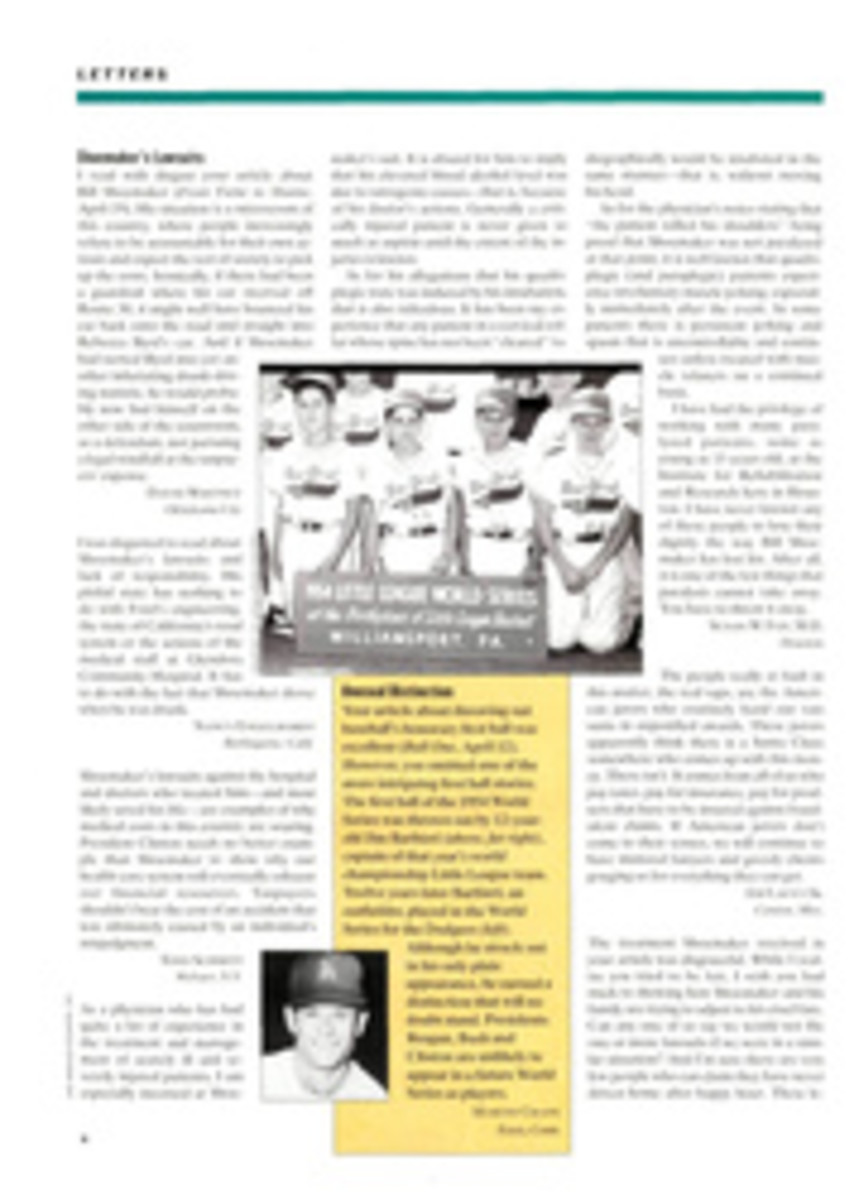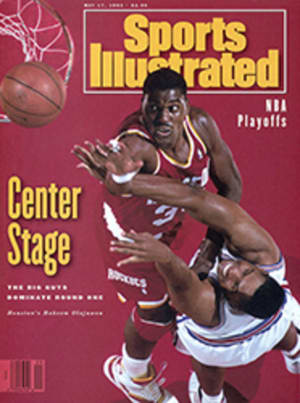
Miniature Golf's Mr. Big
Jim Bryan has devoted 40 years to a game he refuses to play. The 58-year-old Bryan is the father of modern miniature golf, a course designer and innovator whose little links make use of many of the features found on full-sized golf courses. He spurns the zany color schemes and campy props of the miniature courses so familiar to vacationers around the U.S. His designs have brought a touch of class to the game.
Still, he speaks of his sport disparagingly. "I don't know what compares to miniature golf," says Bryan, a former assistant professor of English at the University of North Carolina, "but it's very close to the least essential part of American life."
Miniature golf courses have been dubbed everything from folk art to trash since the Depression, which marked the heyday of the sport. By the end of 1930, 30,000 courses had sprung up nationwide, causing movie box office receipts to plummet by an estimated 25% and leading folksy humorist Will Rogers to declare, "There is millions got a putter in their hand when they ought to have a shovel. Half of America is bent over. In two more generations, our children will grow upwards as far as the hips, then they will turn off at right angles and with their arms hanging down we will be right back where we started from. Darwin was right."
A few years later, though, miniature golf had more or less gone the way of marathon dancing and flagpole sitting; it was a fad that had faded with time. In the '50s, when the game enjoyed a brief revival, Bryan was a young man from Myrtle Beach, S.C., who had dreams of becoming a professional golfer. He became a member of the Stetson University golf team but left school in 1953 to build a driving range and miniature golf course in Myrtle Beach. A year later he returned to school with a $4,500 bankroll and a used Chevy—and flunked out. After a stint as a typing instructor in the Army, Bryan went back to school and earned a B.A. at South Carolina and a Ph.D. at the University of Virginia. He taught English at North Carolina from 1965 to 1974. All that time, he continued to design miniature golf courses.
Today Bryan is the president of Golf Projects of America, a firm in Arlington, Va., that has 10 full-time employees and another two dozen seasonal workers. Over the years Bryan has been responsible for the design of 145 of the 2,200 miniature courses in the U.S. These courses may be small, but their costs are not. The typical 18-hole course takes some $400,000 to build, and the price can soar when the course has an elaborate layout. For instance, the Jungle Lagoon, a Bryan design in Myrtle Beach (the miniature golf capital of the world, with more than 70 18-hole courses), cost $630,000 to build in 1981. Bryan says that it would take twice that amount today. Jungle Lagoon features, among other things, lush tropical landscaping and holes that rise 45 feet above ground level. Bryan and his staff of landscape architects, horticulturists, carpenters and concrete finishers have built 60 courses, mostly on the East Coast, in the last six years.
On a brisk, sunny March afternoon at a course near his Arlington home, the genial South Carolinian gave a visitor a tour of one of his newest creations, the Cascades Course at Upton Hill Regional Park. Chirping birds and busy maintenance workers were the only audience as Bryan, tattered briefcase in hand, marched around the course. He is accustomed to breezing quickly through the front and back nines of his designs, though in a somewhat unorthodox manner: While testing a course, Bryan rolls a ball by hand at least 100 times on each hole to try out the design. He has never actually played a round on one of his courses. "That's just raw affectation, unworthy, shameful affectation," he admits. "I can tell people, 'I never play this game.' " He pauses for a moment. "I would probably enjoy it."
Among the strokes of genius at the Cascade course are teardrop-shaped holes, large water hazards, the use of thousands of cubic yards of fill to add height to the course, and the placement of more than one cup at each hole—the more challenging ones are open during the slow hours; the easier ones are used at the busiest times to speed up play.
"Everything on this course is supposed to look integrated, harmonized, unified," Bryan says. "I want the flower beds the same shape as the lake, the lake the same shape as the hole and the hole the same shape as the course. The parts belong to the whole."
To some players Bryan's courses don't look challenging—but they are. To others they look difficult—but they aren't. It all depends on the player. Bryan's goal is this: Reward the good golfer for a good shot but don't penalize the bad golfer for a bad one. "Let's imagine that a father plums a putt and takes a couple of practice strokes and backs off and takes another couple of practice strokes and then hits a really nice putt that lips the cup," he says. "Then his little six-year-old comes around and whacks the ball, and it goes bang, bang, bang, bang, bang, like a pin-ball machine, until it rolls into the cup. I've done my job then. I've made it hard to make an ace and easy to make an ace."
Miniature golf is particularly popular with families, and the "next big wave," Bryan says, is going to be the family golf center, a complex that includes a golf range, a miniature golf course, a video game arcade, a virtual reality area and a batting cage or range. Golf Projects of America is currently involved in 15 family projects, from Massachusetts to Mississippi to Montana.
Even after designing more than 2,000 miniature golf holes, Bryan is still intrigued by this "silly little game," as he calls it. "I think miniature golf is a game that didn't quite work out as a game," he says. "It's not a game that you care about. It has no addicts like golf or bowling or tennis. I don't think anybody thinks about miniature golf while they're at work."
Except Jim Bryan, of course.
PHOTO
JOHN IACONO
Plans in hand, Bryan toured a newly completed facility, the Cascades, in Arlington, Va.
Preston Williams is a sportswriter in Virginia for The Fairfax Journal.

